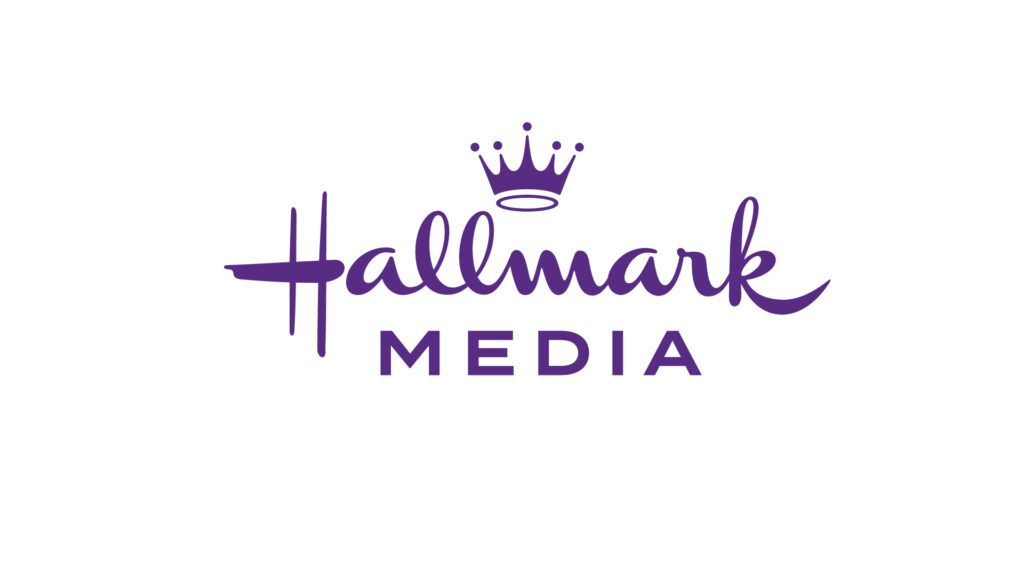Want to pull people into your store? Try coupons.
Maybe you’d like to reactivate old customers or encourage sampling? Same advice.
But that doesn’t mean your coupons should be distributed in the same old ways. Experts say marketers can get higher redemption rates and reach younger audiences online.
Print coupons are still tops. Counting freestanding inserts (FSIs), 99.5% of all offers still come on paper, according to Charles Brown, vice president of marketing for coupon agent NCH Marketing Services and co-chair of the Promotion Marketing Association’s Coupon Council.
But online coupons are gaining ground. While they account for a small percentage of all those distributed, Web coupons increased by 80% last year (compared with 1.5% for FSIs), Brown says. That pace is expected to continue.
“Internet coupons are the fastest growing because more people are online,” he adds. “So marketers are using the Internet as a way to reach consumers more effectively.”
One reason is that redemption rates for online coupons average 15.4% vs. 0.5% for FSIs, says Matthew Tilley, marketing director for grocery coupon processor CMS and the PMA Coupon Council’s other co-chair.
Also, people are snubbing newspapers and getting news on the Web. Tilley believes young people are particularly hard to reach through FSIs: “The Internet certainly has possibilities. It makes sense to promote in an environment where a lot of consumers are.”
Ocean Spray sees the logic. The fruit-juice maker is distributing online coupons in addition to traditional FSIs. The goal? To expand its reach and drive new product trials. Visitors to www.cranergy.com can print a $1-off coupon for its Cranergy juice drink.
“For us, couponing has become a lot more targeted,” says marketing vice president Larry Martin. “We know our consumers are highly engaged on the Web.”
Is it working? As of June, the company reported 157,000 online coupons had been printed. The effort, which Coupons Inc. is handling, is slated to run through September.
Likewise, General Mills has doubled spending on Internet coupons over the last two years, according to Karl Schmidt, director of promotion marketing for the packaged goods firm.
“These people are not in our reach in the traditional way,” Schmidt says. “[Web coupons can] expose them to incentives to purchase our brands. Online is a great way to reach younger households and growing families.”
General Mills has signed on to Coupons.com Brandcaster, a new service that tailors coupons based on site content and sends them to clickers’ printers. Hundreds of other companies also use the technology, including Johnson & Johnson, Kraft Foods and Clorox.
Brandcaster offers have a better redemption rate — 17% — than mailed or FSI coupons because only qualified shoppers accept them, notes Steven Boal, CEO of Coupons Inc., which provides the service.
Supermarket chain Meijer is using a widget dubbed Meijer Mealbox to help shoppers find recipes and links to printable Web coupons. Tens of thousands of people have used it since its rollout two months ago at www.mealbox.meijer.com, and Meijer’s Web traffic has grown by double digits, says Corbin de Rubertis, president of Qponix, a joint venture of e-commerce design firm Fry Inc. and Meijer, which developed and manages the initiative.
“We’ve seen it actually improves the quality of coupon redemption,” de Rubertis says. The average redemption rate is 10% to 20%.
Although FSIs are its primary vehicle, Kimberly-Clark is testing paperless online coupons for Huggies Pull-Ups training pants, GoodNites sleep pants and Scott towels products via AOL’s Shortcuts service. The program, which launched in March, links coupons to Kroger’s loyalty cards. Customers register their cards at www.shortcuts.com and select coupons. When they shop, the discounts are deducted at the register.
So far the results look “positive,” says Laura Keely, Kimberly-Clark’s director of consumer promotion marketing. “We’re open to new technology and engaging with our consumers in ways that are relevant to them.”
PITFALLS
Not that online coupons are problem-free. For one thing, some stores won’t accept them. A&P Super Fresh spurns any coupons printed at home because of the potential for fraud. The chain banned them after receiving altered coupons.
Even those stores that take Internet coupons have to make sure people don’t print and redeem multiple copies. And FSIs do have greater reach — up to 70 million people in one day.
But those disadvantages are outweighed by the fact that online coupons can be tracked in real time.“If the program isn’t working too well, you can tweak it, twist it and change it,” says Dadi Akhavan, CMO of service provider E-Centives.
Many companies recognize this. Even Valassis, whose shared-mail coupon packs hit 100 million households each week, has caught the Internet wave. It has an interactive portal at www.redplum.com which provides repurposed offline content and coupons under the firm’s Red Plum brand. Visitors register and enter their ZIP code to print area-specific offers.
Valassis CMO Suzie Brown says, “We’re talking to people in a different way. We have to be there how and when people want us. Consumers are hungry for value. It’s a situation where retailers and manufacturers need to keep cash registers ringing.”
But FSIs aren’t going anywhere for now, thanks to their efficiency at reaching a mass audience.
“In one swoop, you can hit 50 million customers,” Keely says.
BY THE NUMBERS
86%
of people in the United States use coupons.
Shoppers redeemed
2.6 billion
grocery coupons last year.
The average coupon value was
$1.28
in 2007.
63%
of coupon users say coupons give them an incentive to try new products.
66%
of shoppers often combine manufacturer’s coupons with in-store specials.
67%
are more likely to use coupons during a recession.
77%
of 18- to 34-year-old shoppers say they’d use paperless coupons.
Sources: PMA Coupon Council; ICOM
FRAUD’S A FACTOR
If coupon use is rising, coupon fraud can’t be far behind. Since March the Coupon Information Corp. has identified more than 20 counterfeit offers, and expects to see more.
“[During recessions], coupon fraud tends to increase,” says Bud Miller, executive director of the CIC, a nonprofit group dedicated to fighting fraud and improper redemption.
While there are no hard numbers to account for coupon-fraud loss, Miller estimates it totals hundreds of millions of dollars a year.
The CIC wants manufacturers to add a hologram to coupons offering high-value discounts or free products to show retailers the deal is legitimate. About 1 million such coupons are circulating today, Miller says. And the Association of Coupon Professionals trade group is developing visual aids to help cashiers and retailers properly identify Internet coupons.
But not all fraud happens in the front of the house. The coupon industry is still reeling from an indictment last December that accused coupon clearinghouse International Outsourcing Services’ employees of hitting manufacturers with more than $250 million in false redemption claims between 1997 and 2006.
Last month Philip Morris sought to join a $450 million lawsuit against current and former IOS workers filed in October 2007 on behalf of 23 consumer products firms, including Kimberly-Clark Global Sales Inc. and S.C. Johnson & Son Inc. — AJ
 Network
Network

